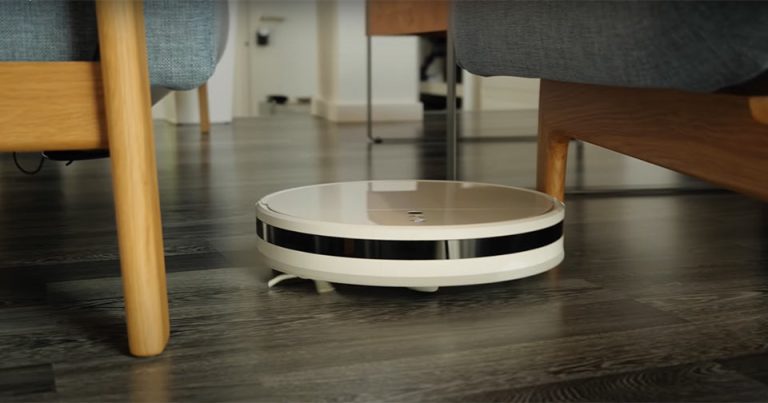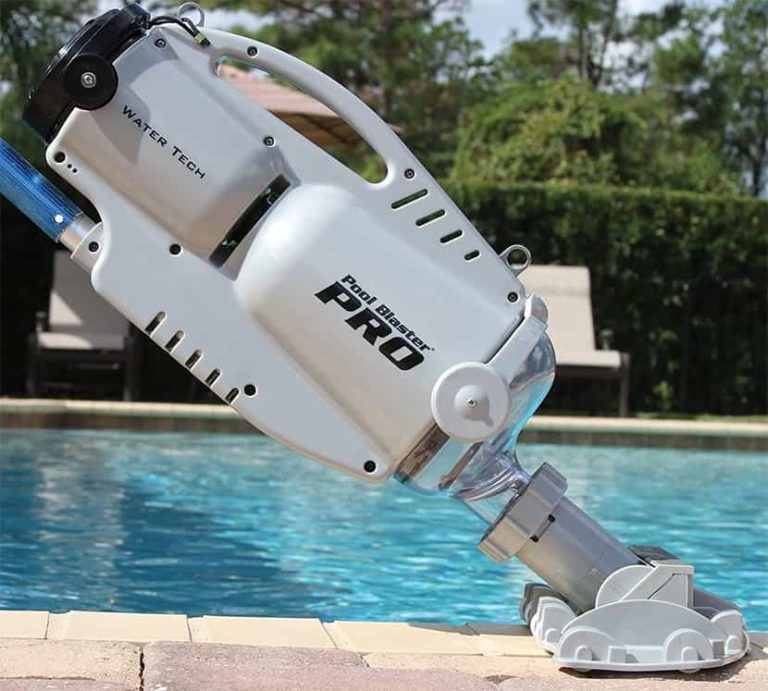How Do Robotic Vacuum Cleaners Work?

Robotic vacuum cleaners are becoming increasingly popular in recent years. They offer many benefits over traditional vacuums, including being more convenient and easier to use. But how do they work?
Essentially, robotic vacuum cleaners operate using sensors to navigate your home and clean your floors. These sensors help the vacuum avoid obstacles and furniture, and allow it to effectively clean your floors. The sensors also help the vacuum determine when it needs to return to its charging station.
Robotic vacuum cleaners are becoming increasingly popular, but how do they work? Essentially, these devices use sensors to navigate your home and clean your floors. Most models come with a detachable dustbin that collects debris as the machine cleans.
Some higher-end models also include additional features like mopping capabilities and UV lights for disinfecting.
Most robotic vacuums have three main components: a processor, sensors and motors. The processor is responsible for navigation, while the sensors help the machine avoid obstacles and identify areas that need cleaning.
The motors power the vacuum’s brushes and suction cup, which collect dirt and debris.
Some robotic vacuums use lasers to map out your home’s layout. Others use an infrared sensor that bounces light off of objects to create a virtual map of your space.
These maps help the vacuum determine where it has been and where it needs to go next.
When selecting a robotic vacuum, it’s important to consider your home’s layout and size. Some machines are better suited for large homes with multiple rooms, while others are designed for smaller spaces like apartments or RVs.
You should also think about whether you want a model with additional features like mopping or UV sterilization.
The Amazing Engineering behind the Cleaning Robots!
Do Robot Vacuum Cleaners Actually Work?
Robot vacuum cleaners have been on the market for a few years now and they are becoming increasingly popular. But do they actually work?
The short answer is yes, robot vacuum cleaners do work.
They are not perfect, but they can definitely help to keep your floors clean.
There are a few things that you need to keep in mind when using a robot vacuum cleaner. Firstly, they are not designed to replace your regular vacuum cleaner completely.
They are best used as an additional tool to help keep your floors clean. Secondly, you need to make sure that you have a good quality one – there are some cheaper models out there that don’t work as well as the more expensive ones. Finally, you need to be prepared to empty the dustbin regularly (depending on how often you use it) as it will fill up quickly.
Overall, robot vacuum cleaners are a great way to help keep your floors clean with minimal effort from yourself. Just remember to get a good quality model and empty the dustbin regularly!
How Do Robot Vacuums Map Your House?
Robot vacuums use sensors to map your home as they clean. These sensors allow the vacuum to navigate around furniture and other obstacles. The mapping feature also allows you to schedule cleaning sessions and set virtual boundaries for areas that you do not want the vacuum to enter.
What are the Pros And Cons of Robot Vacuums?
When it comes to robot vacuums, there are pros and cons to consider before making a purchase. Let’s take a closer look at each:
PROS:
1. They’re hands-free: Once you set up your robot vacuum and press start, you can walk away and let it do its job. This is especially convenient if you have a busy lifestyle or hate cleaning in general.
2. They’re efficient: Robot vacuums move around your floors quickly and can cover a large area in a short amount of time.
3. They have sensors: Most robot vacuums are equipped with sensors that help them avoid furniture and other obstacles in your home. This means they won’t get stuck or cause any damage while cleaning.
4. Some models come with additional features: Some higher-end models come with features like HEPA filters, mopping capabilities, and self-emptying dustbins – just to name a few.
CONS:
1. They can be expensive: Depending on the model and brand you choose, robot vacuums can be pretty pricey – although there are some more affordable options available now too.
2. They might not clean as well as you’d like: While they do a good job at picking up smaller debris, they might miss larger pieces or dirt in corners/hard-to-reach areas.
How Do Robot Vacuums Empty Themselves?
A robot vacuum is an autonomous robotic vacuum cleaner that has intelligent programming and can clean your floors without any human input. They use sensors to detect dirt, dust and debris on the floor and then move around the room to vacuum it up. Robot vacuums have been around for many years but they have only recently become popular because of advances in technology and decreases in price.
Most robot vacuums come with a self-emptying base or dock. This is where the vacuum stores all the dirt, dust and debris it collects. The base has a special container that holds everything the vacuum cleans up and keeps it sealed off from the rest of your home.
When the bin gets full, the robot vacuum will return to its dock and empty itself out automatically. You don’t need to do anything except empty out the bin when it gets full!
Disadvantages of Robot Vacuum Cleaner
Are you considering buying a robot vacuum cleaner? If so, you may want to reconsider. Here are some of the disadvantages of robot vacuum cleaners:
1. They’re expensive. Robot vacuum cleaners can cost several hundred dollars. That’s a lot of money to spend on a vacuum cleaner, especially when there are cheaper alternatives available.
2. They’re not as effective as regular vacuums. Robot vacuum cleaners do a decent job of picking up small pieces of dirt and dust, but they’re not as good at deep cleaning carpets and floors. If you’re looking for a thorough clean, stick with a regular vacuum cleaner.
3. They can be noisy. Some robot vacuums emit loud noises that can be irritating, especially if you’re trying to sleep or watch TV while they’re running.
4. They can get stuck under furniture.
Due to their small size, robot vacuums can sometimes get stuck under furniture or in tight spaces. This can be frustrating if you’re trying to clean your entire house and the vacuum gets stuck in one spot.
Conclusion
Robotic vacuum cleaners are becoming increasingly popular, but how do they work? Basically, these devices use sensors to map out the room and then create a cleaning pattern. They also have brushes and suction to help them clean effectively.
Additionally, most robotic vacuums come with virtual walls that you can set up to keep the device from going into certain areas.


